Cease-fire talks continued last week as Israel, the U.S., Egypt and Qatar looked to find a solution to free the hostages and stop the war, yet life in the trenches goes on. Fox News Digital spoke with an IDF colonel based in the explosive Netzarim corridor in Gaza.
The Netzarim Corridor splits Gaza in half, and it’s here where IDF Col. Amir Ofri organizes his troops in a fight against terrorists. The atmosphere is tense, he says, and describes a recent incident where a Gazan woman stumbled toward his unit checkpoint, her movements erratic, suggesting disorientation. As she approached, he recalls her repeatedly glancing over her shoulder, seemingly reluctant to come closer. He says it was clear to him that she was under the influence of drugs.
“We try to assess whether she poses a threat or is armed,” Ofri tells Fox News Digital. But as the woman gets closer, it becomes obvious she is being directed by someone behind her. The decision is made to send her back, but as they do, his soldiers identify Hamas spotters in a nearby school in the refugee camp of Al-Bureij. As the soldiers move closer, terrorists fire at them from the windows, unleashing anti-tank missiles and explosives.
URBAN WARFARE EXPERT SAYS ISRAELI MILITARY TAKING UNPRECEDENTED STEPS TO PROTECT GAZA CIVILIANS
“Women and children, Hamas exploits the population in extreme and cruel ways,” he says during a Zoom interview. “I’ve never seen anything like it.”
On the morning that Hamas attacked Israeli communities and settlements close to Gaza on Oct. 7, 2023, Col. Ofri was with his family in the north to celebrate his 46th birthday. A seasoned officer, he immediately reported for duty to a base in the Negev Desert a little more than 30 kilometers from the border. By the next day, his reserve armored brigade was positioned at the Gaza fence, ready for whatever lay ahead. “We were the first to enter Gaza on Oct. 21,” he recalls.
The responsibility he bears weighs heavily on him. “It’s been over nine months since I’ve seen my wife and children for more than a fleeting moment,” he says. Before the war, he directed a company with factories in Israel, Spain and the U.S. “My partner in Oklahoma was one of the first to call me after Oct. 7. He said he hoped the U.S. would send everything it could to help us.”
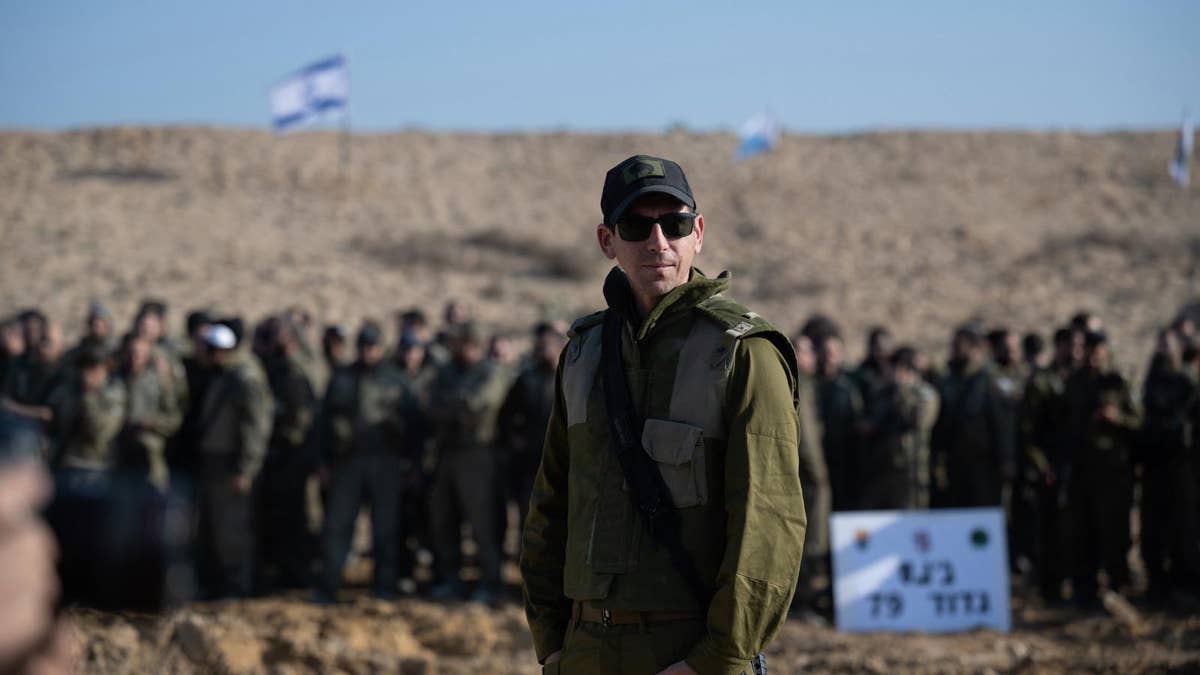
His mission along the Netzarim Corridor, which serves both as a lifeline for humanitarian aid and a strategic position in the ongoing conflict, is critical. “Our job is to keep the route open for humanitarian convoys,” Ofri explains. “Every day presents unique challenges and risks.”
The Netzarim Corridor is pivotal in the Gaza Strip. With the onset of the ground campaign, IDF forces established a four-kilometer wide corridor to split Gaza in two, from its eastern border to the Mediterranean Sea. Key towns sit along the route – Jabalia and Zeitoun to the north, and Al-Bureij and Nuseirat to the south.
The other side, Hamas, doesn’t account for the population; they exploit them. The terrorists we eliminate often wear civilian clothes. Some are disguised as women.”
Fifteen years after Gaza was last under Israel’s military control, this strategic route is again being held by the IDF. The majority of Gaza’s population has been evacuated south, allowing the IDF to tain nearly full control over significant parts of the Strip. However, it has also become one of the most dangerous areas in the conflict, with Israeli soldiers killed and injured since operations began.
WORLD, UN SIGNAL NO EXIT FOR CIVILIANS CAUGHT UP IN GAZA WAR: ‘POLITICALLY TOXIC’
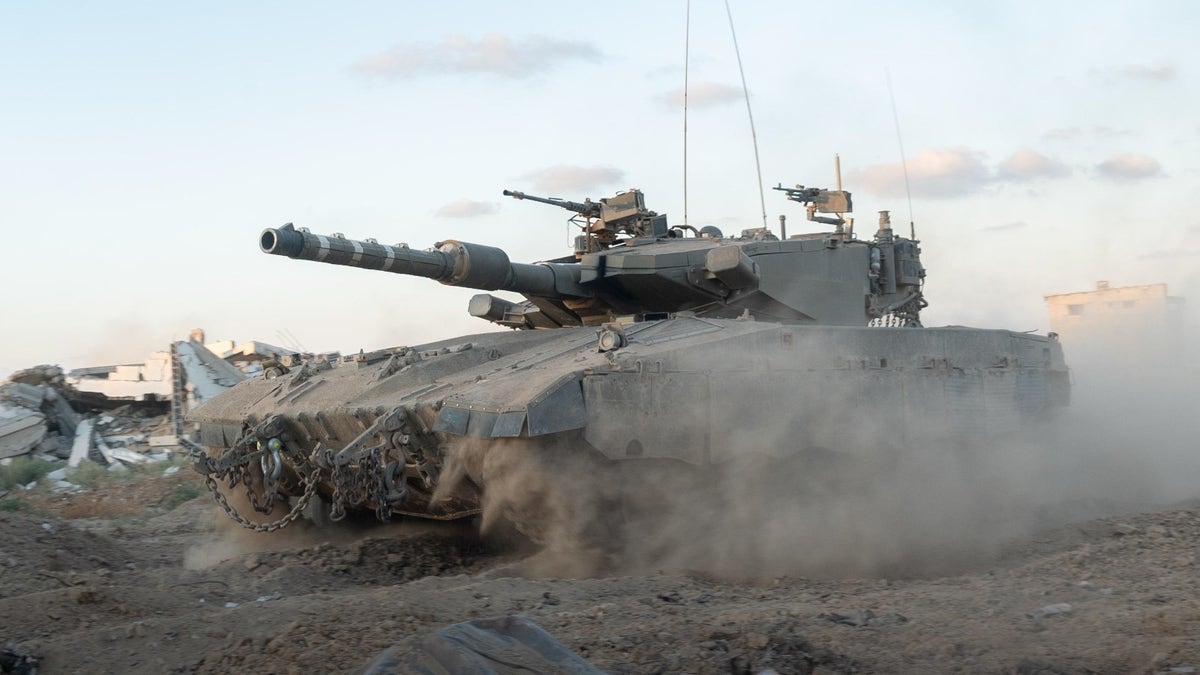
“I don’t like this mission at all,” he admits. In the early stages of the war, “when the brigade was on the attack, we were more efficient and lethal. In the Netzarim Corridor, the challenges are constant,” he says.
Despite these difficulties, Ofri’s brigade has operated with minimal casualties. “Eight fighters from my brigade have fallen since the fighting began,” he says somberly. “But we haven’t lost any soldiers while securing the corridor, and that’s the result of learning from others’ experiences.”
The humanitarian crisis in Gaza has dominated media coverage since the conflict escalated, leading to significant criticism of Israel from the U.N. and various countries, including the U.S. Many organizations have highlighted the deteriorating situation for civilians, emphasizing that while they face hardships, the military also has a responsibility to minimize harm.
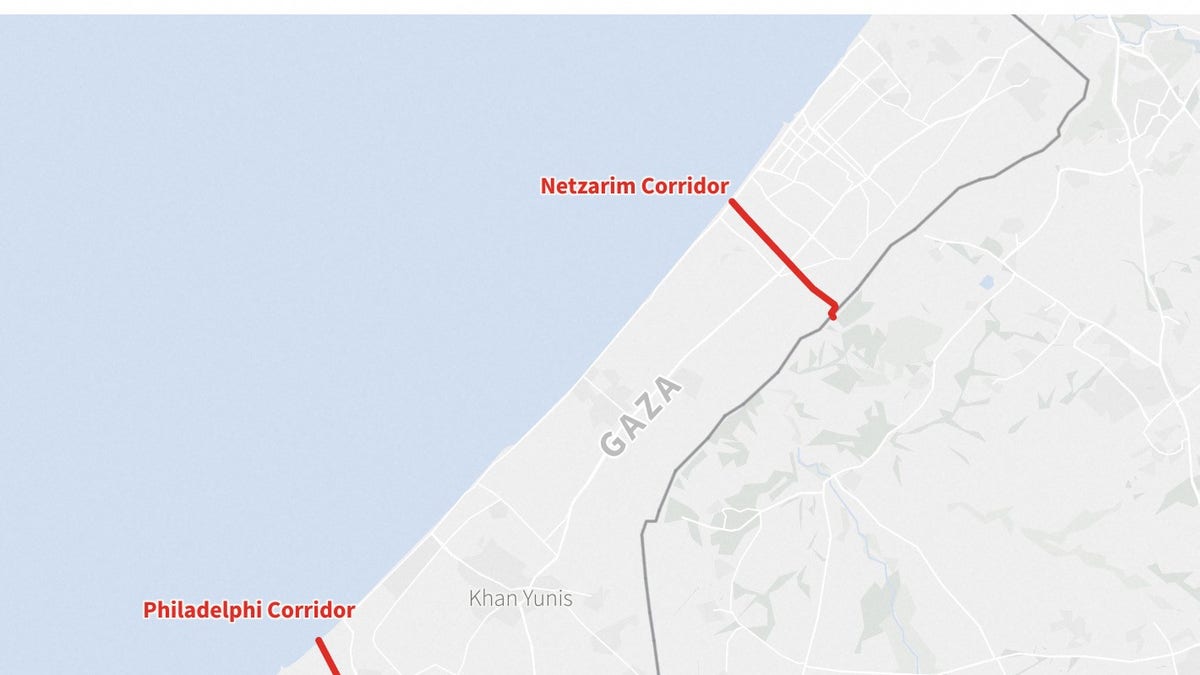
“They’re living in tents under difficult conditions, but they lack neither food nor water,” he says. “Every day, we transfer about 30 trucks filled with food, water, tents and medicine. The other side, Hamas, doesn’t account for the population; they exploit them. The terrorists we eliminate often wear civilian clothes. Some are disguised as women.”
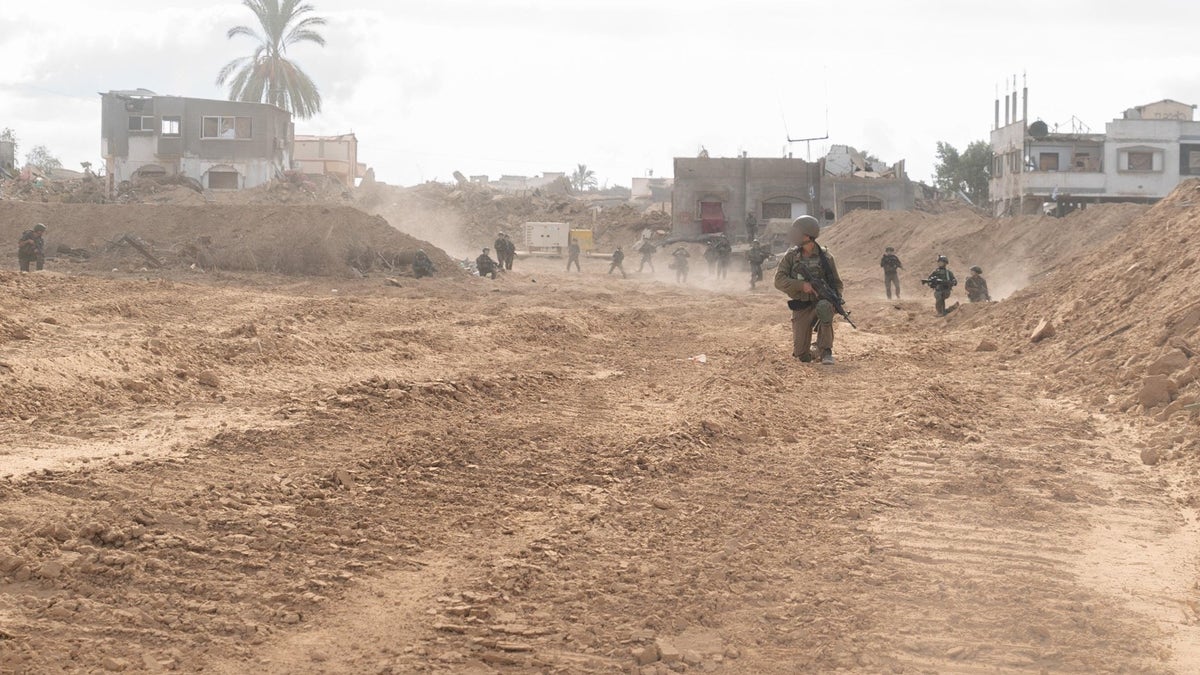
One evening as a convoy approached, an unplanned vehicle got into the line. “When we stopped the convoy, terrorists emerged from that vehicle – one dressed as a woman – and they opened fire. We eliminated two of them, while two others fled back to the vehicle,” Ofri says.
“All the convoys we needed to pass did pass, and then we saw Hamas setting up roadblocks, stopping and looting them,” he says, elaborating on the complicated dynamics on the ground. “Hamas targets specific trucks rather than looting indiscriminately. We observed them unloading supplies quickly, moving items into warehouses. We even saw armed Hamas vehicles leaving those locations, with guards at the entrances.”
DATA USED FOR GAZA FAMINE CLAIMS CHANGING AS EXPERT CAUTIONS ‘NO ONE SEEMS TO BE TRYING TO EXPLAIN WHY’
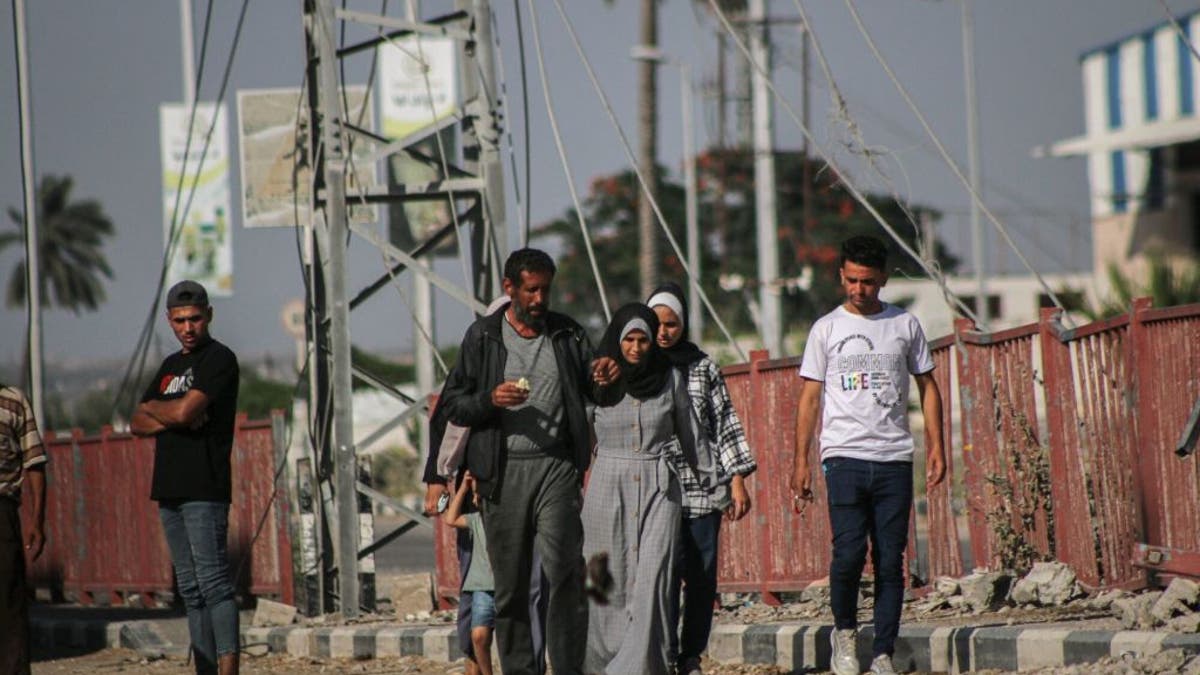
When it comes to using civilians in the conflict, he disputes a recent reports claiming that the IDF uses Gazan civilians as human shields in operations against Hamas, at least when it comes to his brigade. “I’ve been in combat for a year; we don’t use civilians as human shields,” he says. “Hamas does. As someone who approves all operations for the brigade, I state clearly that no fire is intentionally directed at women or children. Not a single shell or airstrike is executed without assessing potential collateral damage.”
The Hamas-controlled Gaza Health Ministry claims more than 42,000 people have been killed in Gaza. Israel says the number is lower, but will not publish its assessment. Hamas doesn’t differentiate between civilians and terrorists in its calculations.
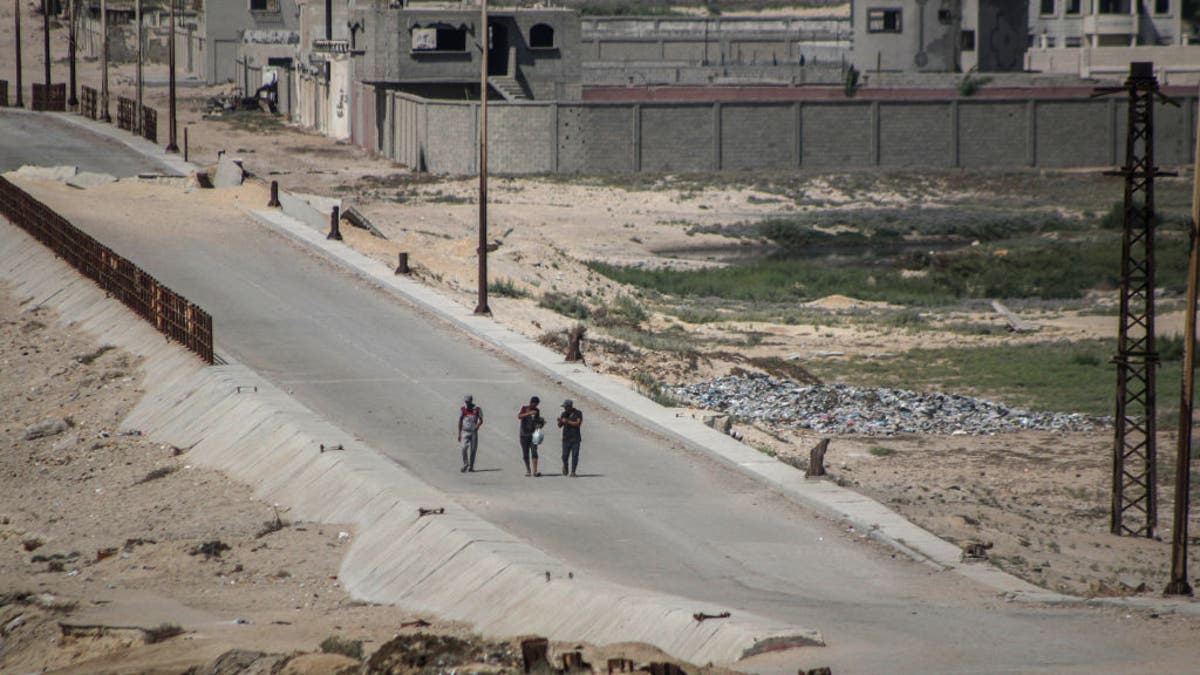
“The problem lies in Hamas’s cynical use of the population,” Ofri says. He blames the terror organization for the loss of so many civilian lives. “We witnessed this during the recent Iranian attack. As soon as the Iranian assault began, on October 1, Hamas operatives attacked us. We were on the southern side of the corridor when they used short-range mortars to exploit the situation, pushing civilians toward our position. They forced people out of refugee camps, creating a dangerous environment as they told them to move closer to our forces,” he says.

In October, Yahya Sinwar, Hamas’ leader and the mastermind behind the Oct. 7 attack, was killed by the IDF in Rafah, in southern Gaza. While many speculate that Sinwar’s death may lead to a turning point in the conflict, Ofri res dubious. “In my view, he was just another terrorist who deserved to die. He’s just another obstacle in the effort to release hostages. I understand we won’t be able to free them through military means alone. However, I believe military pressure is the only strategy that has led to the first hostage deal.”
And it is because of the hostages that Israel must continue fighting, he says. “There are 101 hostages left, many of whom are relatives of our soldiers. Oct. 7 affected us all. I lost friends that day as well,” Ofri says. “That’s why we come together time and again, although it gets harder and harder. If you ask any soldier, they will tell you it’s about the hostages.”
Read the full article here

